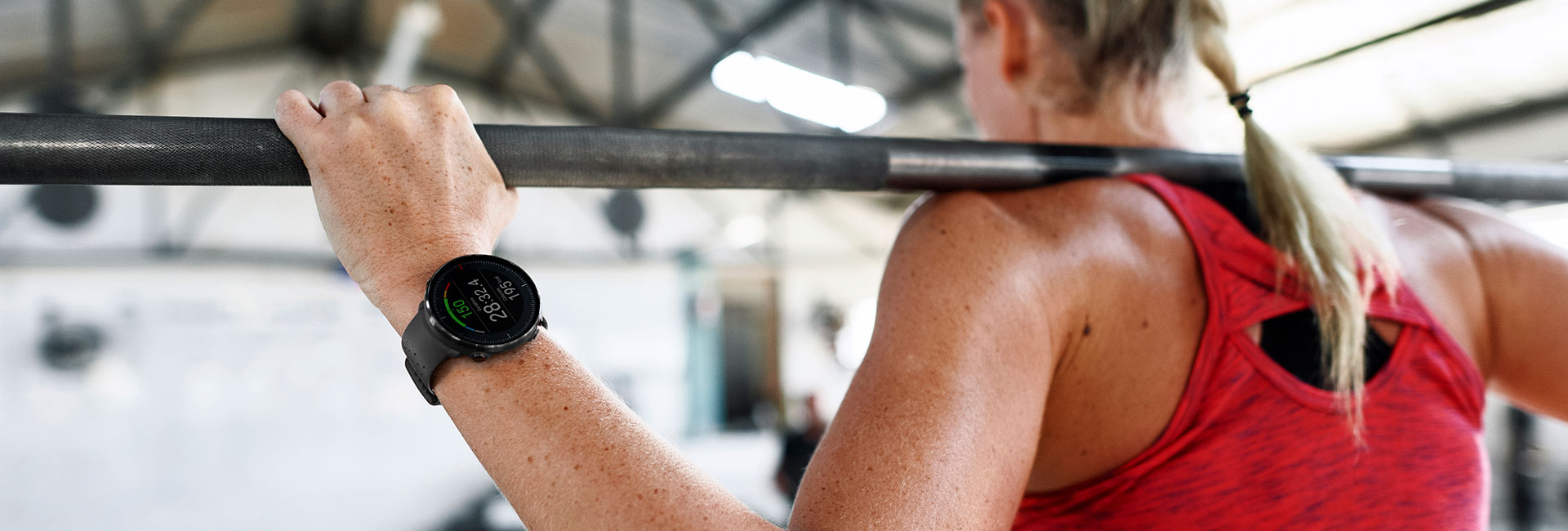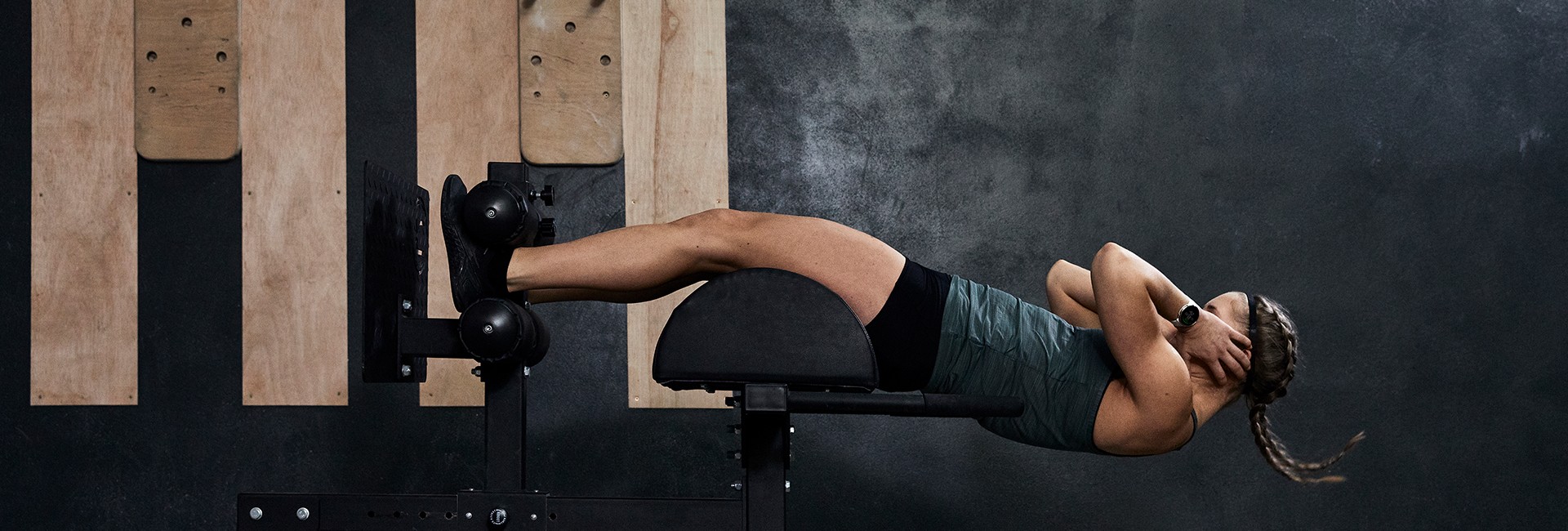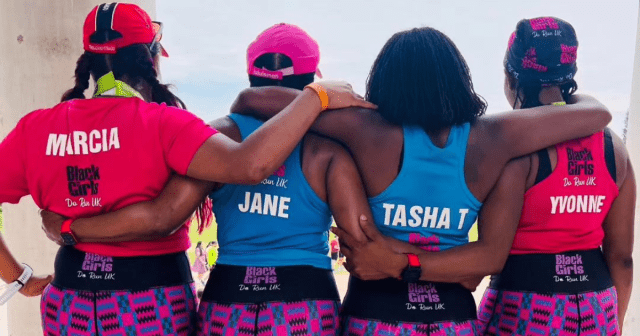Strength training for runners is an effective, but often overlooked, way to improve your running and avoid running injury.
Triathlon coach and personal trainer Sandy Ziya shares her thoughts on the most common misconceptions runners have about strength training and offers advice for improvement.
Strength training for runners myth 1: Strength training is only for body builders
Not true. The goal of strength training is to prevent injury. Lifelong runners want to avoid deteriorating their joints, back and hips so there doesn’t come a day where they can’t run anymore.
While strength training is definitely good, it doesn’t serve us to have hyper strength for a decade of our lives, only to be so debilitated by the time we’re 70 years old that we can’t continue to do what we love.
It’s not beneficial for runners to carry such a heavy body weight since denser muscle mass will result in fatigue and a slower, more challenging run.
Strength training for runners myth 2: Gym machines are the best way to build strength
Not true. Someone who doesn’t have direction on what kind of strength training to do is going to make the mistake of joining a gym and bouncing around machines that are relatively useless for runners.
Have you ever joined a gym just to bounce around machines that are relatively useless for runners?
My favorite gym-free workouts are the so-called “palm tree workouts.” Squat against a tree to build your back, trunk and lower leg muscles.
You can then balance on one leg in your squat, with one leg extended straight out in front of you. You can also do pushups and triceps extensions from the palm tree.
Strength training doesn’t have to be expensive. Use the free resources available to you and save money.
Strength training for runners myth 3: sticking to a program is paramount
Not true. Consistently taking care of your body is good, but always doing the same thing while strength training and running is not. Your body has a memory that eventually learns the easiest way to be efficient.
Always doing the same thing?
You need to shock your body by safely varying your running workouts to see better results.
Strength training for runners myth 4: Yoga is not an effective way to get stronger
Not true. I teach a functional, strength building yoga that’s more power-based than the traditional yoga practiced in the U.S.
Warrior-type poses develop and build your lower body strength.
My goal is to get my students stronger, making them more efficient and sustainable runners. It consists of chair-type poses, squats, one-legged movement patterns to mimic the running form and warrior-type poses to develop and build your lower body strength.
You can also do exercises to develop your core and build bone density in the upper body by holding your body weight via planks.
Strength training for runners myth 5: More is better
Not true. Don’t overdo it. When I started training, I thought I had to move the most amount of weight I could. That became a limiting factor when I’d run, because my muscles would be fatigued and not able to sustain me in an endurance or speed session.
You also don’t need to spend more than 45 minutes strength training in any one session.
Strength training for runners myth 6: seasoned runners train smarter
Not true. Just because you’re a seasoned runner doesn’t mean you’re training smarter.
Ideally, a seasoned runner knows when enough is enough.
Ideally, a seasoned runner has learned to listen to their body to know when enough is enough. Staying in a high-intensity zone for too long, too often can result in cardiovascular issues and injuries.
Therefore, listen to your mind and body for signs you need to slow down or pick up your training.
Strength training for runners myth 7: A faster race time is the best measure of success
Not true. A big misconception is that longer, faster runs lead to better results. While improving your race completion time is an easy measure of success, doing what you were able to do at the same time last year is a big sign of improvement.
You’ll want to make sure the exercises you’re doing aren’t wearing down your body.
Because you’re fighting the aging process, you’ll want to make sure the exercises you’re doing aren’t wearing down your body.
A sports watch with heart rate data is a great way to know how long you need to recover after a training session, and how that session affected your body. Heart rate monitoring allows you to be constantly aware of your personal limits.
If you’re not seeing improvement, try new workouts, find a running partner or change your running shoes or workout venue.
If you liked this post, don’t forget to share so that others can find it, too.
Or give it a thumbs up!
I like this article
Please note that the information provided in the Polar Blog articles cannot replace individual advice from health professionals. Please consult your physician before starting a new fitness program.









